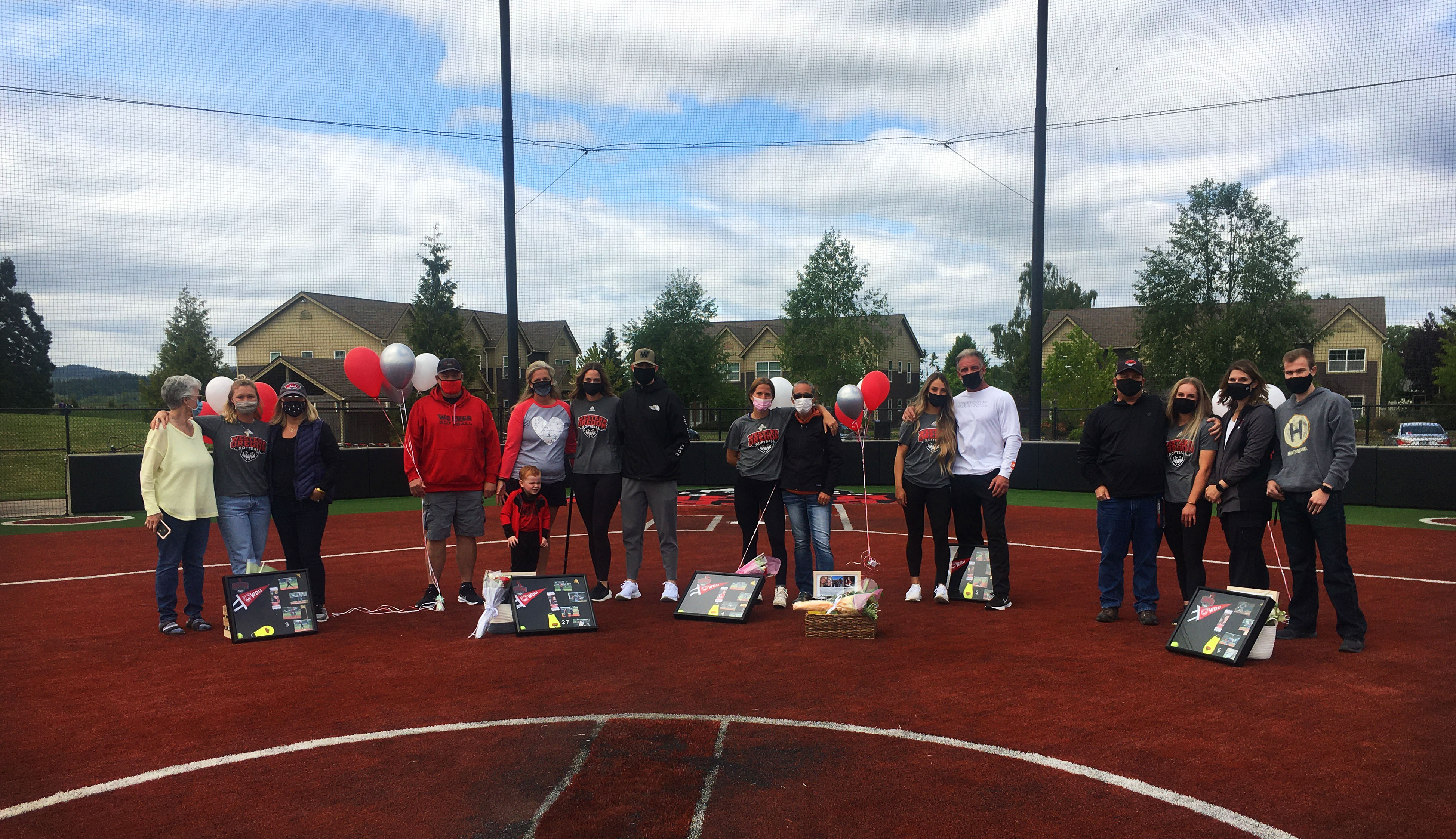Area heads receive emails announcing smaller budget for Fee Remissions next year
Sydney Carpenter | News Editor
Article 15 and staff layoffs were only among the first areas to undergo what Western administration has coined “right-sizing” the university.
Going into the upcoming school year, Student Affairs and Financial Aid have finalized a list of Western specific scholarships known as “Fee Remissions” to be cut, totalling an estimated $1.5 million, according to a March 31 email sent to English professor and Honors Department Director Dr. Gavin Keulks.
According to Financial Aid’s website, the Fee Remissions budget is university funds designated by Western to help students pay for tuition and educational fees. The site lists educational fees including mandatory fees ⏤ Incidental fee, Building fee, Online Course fee, Rec Center building fee, Student Health building fee and Health Services fee ⏤ and course fees that vary by class.
“(The) University is reducing the Remission budget for next year, largely because of fewer students enrolled at (Western),” said Vice President of Student Affairs Gary Dukes. “Even though enrollment has been decreasing over the last few years, the Remissions budget has been increasing. This (reduction) is largely to bring the Remission budget back in line with our current enrollment.”
At the time this article was written, the Western Howl had not been sent a full comprehensive list of all scholarships that are undergoing these changes, but on May 14, the Howl was sent a list of 17 areas. This list did not include the Honors Department scholarship; however, according to Keulks, the Honors Department is receiving a 25% decrease to their current $200,000 budget. Under the new budget, Keulks anticipates two possible scenarios to respond to the decrease, but it all depends on enrollment rates for the upcoming school year.
“It was 42 (students) back at the start of the year,” said Keulk. “I’m not going to be anywhere near 42 with with the incoming students. I might be at 20 and right there is $20,000 saved … here’s no way it’s not going to impact students, but it’s not going to be an obliteration.”
However, Keulks says that the worst case scenario would be more enrollment than anticipated as it would impact the fixed amounts given during each academic year.
After speaking to several assistant directors within a few departments, a commonality in the budget decrease is that directors were not involved directly with decisions regarding Fee Remission decreases. Directors received an email from Gary Dukes pertaining to their budget, but otherwise were not contacted other than asking for what could be cut.
Contact the author at scarpenter@mail.wou.edu








